Earlier this summer in Deer Valley, Utah, 30-some bike industry manufacturers rolled out their 2012 product lines for a select group of journalists. We showed you some of the new bikes in Episode 1. But there were plenty of electronic gadgets, hard goods, and apparel that looked interesting, too. Presenting a round-up of some of the small bike goods that are certain to make a splash next year.
–Aaron Gulley
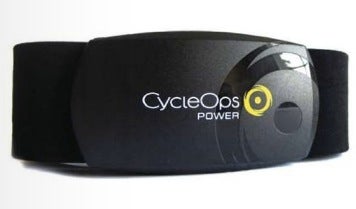
PowerCal ($200) The advantages of training with power are well established, but the $1,000-and-up price tags put the technology out of reach for many. PowerCal, which looks like a standard heart rate strap and extrapolates power from your heart rate using a series of algorithms, should change that: it costs only $200. And though the chest system, which will be available in November, won’t be as accurate as a hub-based meter—CycleOps estimates accuracy within 5 to 10 percent for the PowerCal versus 1.5 percent for a PowerTap—I’m excited that somebody is finally offering power technology that’s both economical and easy to use.
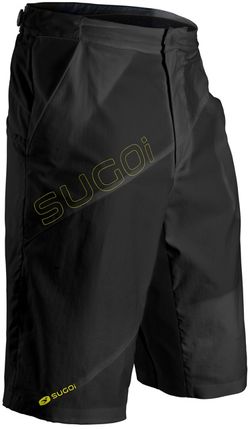
��Gustov shorts ($120) The spin-dial Boa ratcheting system has been used successfully in shoes for years, but now Sugoi brings the unique closure to mountain biking shorts. The system, which employs a separate dial on each hip for fine-tuning fit, should eliminate extra bulk and complication of other shorts’ micro-adjust systems, and Sugoi says the knobs are located so they won’t interfere or rub on a hydration pack.
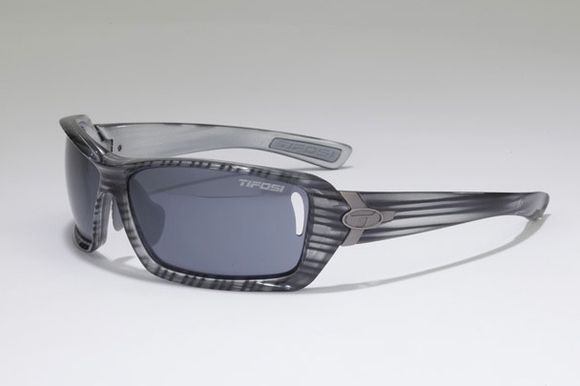
Mast ($70) Known for high-quality, inexpensive, function-first eyewear, Tifosi has been stepping up the style factor of late with a selection of fashion-forward shades. Our favorites are the Masts in the new gray stripe colorway. These frames look great but are still packed with features, including an adjustable non-slip nosepiece, non-slip pads in the temples for a firm fit, and three interchangeable lenses. Best of all, the Mast costs a fraction of the price of other interchangeable frames, and when you get that inevitable scratch right in the middle of your field of view, replacement lenses start at $15.
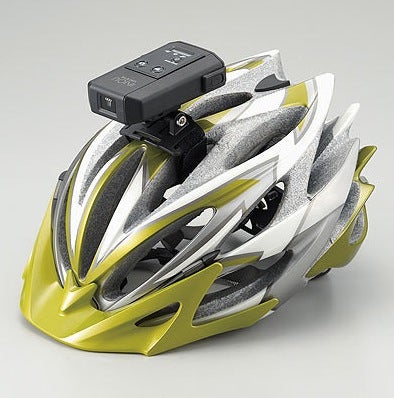
Inou ($200) Though it’s not the first GPS-enabled helmet cam, at $250, the Inou is less expensive than many cams out there with fewer functions. Used in conjunction with Cateye’s new interactive website, InouAtlas.com, the featherweight unit, which is about the size of a deck of cards and just as light, generates a Google Maps-based profile of your rides, with all ride data as well as still photos and video footage embedded onto the map and accessible with a click. Cateye claims runtimes up to seven hours on two AAA batteries.
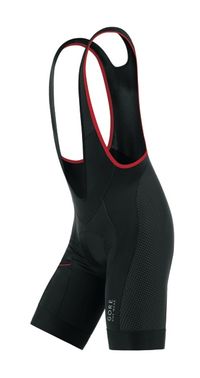
Alp-X Bibtight shorts ($180) These bib shorts, designed specifically for mountain bikers, could prove the death of baggies. They give the off-road race crowd the same sleek fit and added comfort of other bibs but also add dirt-specific detailing such as abrasion-resistant fabric in the legs and seat area and small side pockets on the legs for stashing energy gels when you’re going hard. The multi-density Alp-X chamois is plenty cushy and dries quickly, and reflective strips on the legs and seat keep you visible and safe once the singletrack dumps you back onto the road.
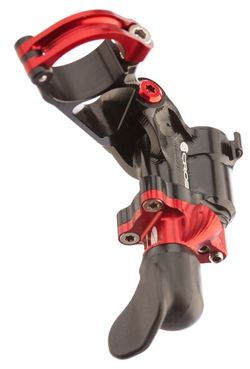
A-GE Hydraulic Shifters ($2,000) In a unique take on the mountain bike drivetrain, Acros replaces standard cables and springs with a hydraulic system filled with mineral oil. The big advantage is the lack of friction; the action for shifting the single thumb paddle up or down is light, consistent, and smooth throughout the gear range. Since it’s a closed system, there’s no risk of the contamination from dirt, mud, and dust that clogs up normal derailleurs and cables, meaning once you get your shifting dialed it will stay that way. Acros claims that the full A-GE system, including right and left shifters and front and rear derailleurs, is a third of a pound less than comparable Shimano XTR. Judging by the initial production run of 250 units, Acros knows that only the most discerning customers will be willing to pay for the privilege.
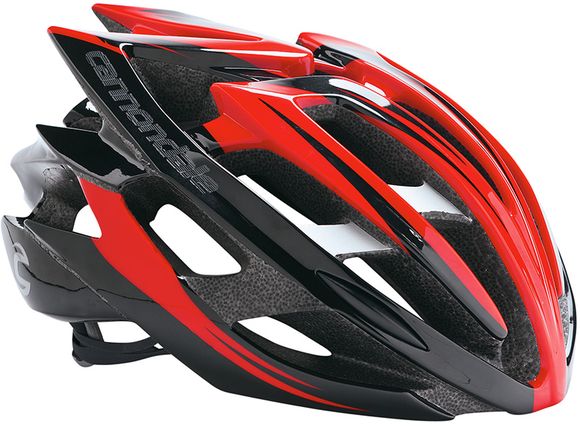
Cannondale helmets (from $40) The bike giant enters the helmet market with four designs in its new line-up: the road-oriented Teramo ($110; pictured), the mountain Ryker ($80), the all-purpose Radius ($60), and the entry-level Quick ($40). All four helmets employ a built-in nylon roll-bar style chassis that the company says adds structure in case of a crash while allowing for lots of ventilation, as well as alloy reinforcements for added strength and a bit of flash. While these helmets aren't really broaching new ground in terms of safety or design, they look like hard-wearing and tantalizingly designed lids at remarkably low prices. The top-shelf 245-gram Teramo, in particular, is a heck of a deal.
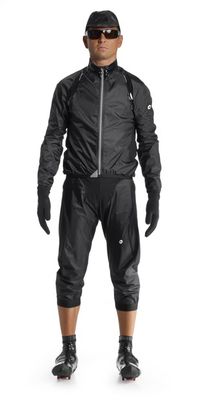
SturmPrinz ($530) Okay, this techy rain shell is not cheap, but when you’re pedaling through a downpour and still cozy and dry in this high-tech shell, you’ll be glad you ponied up the cash. The primary fabric is Assos’ proprietary Triton waterproof breathable, which sheds water like a corrugated metal roof but lets all that heat and moisture that you’re generating off-gas as if you have the windows wide open. As with every Assos piece, the difference between the Sturmprinz and other rain jackets is the careful tailoring (it’s sewn from seven fabrics and 25 separate pieces for a fit that’s perfect on the bike) and the fanatical detailing (as in the watertight wrist gaskets and rear flap that both allows venting and provides access to your rear pockets while still keeping them dry). This jacket is so sexy and well made that even though I live in the desert, where the rain is so light and infrequent that a full rain shell is unnecessary, I still want one. Shown here with the SturmNuss knickers ($350).
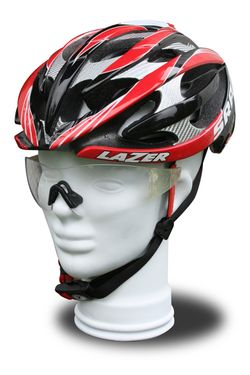
Magneto ($120) Citing the desire to “protect everything from the neck up,” this Belgian helmet manufacturer debuted a line of sunglasses that includes four performance models (three with interchangeable lenses) and a fashion-oriented design. What really caught my eye, however, was the Magneto, a pair of full-wrap glasses that aim to eliminate the awkward intersection of sunglasses and helmet. With half-length temples that end in built-in magnets, these unique sunglasses affix directly to magnets embedded in either side of helmet’s chin straps, thus removing the chance for chafing and pressure between your shades and your helmet. For 2012, only the top-end Helium road helmet will come equipped with compatible magnets, but Lazer promises to add the functionality to other lids in subsequent seasons. Because the Magnetos shown at Bike Press Camp were an early prototype, no photos were available.